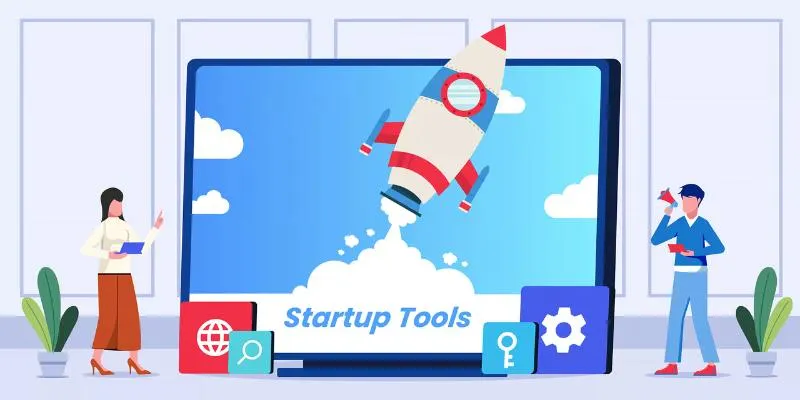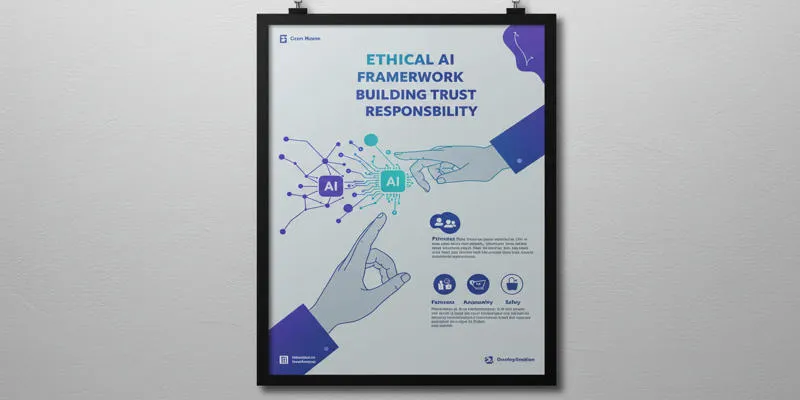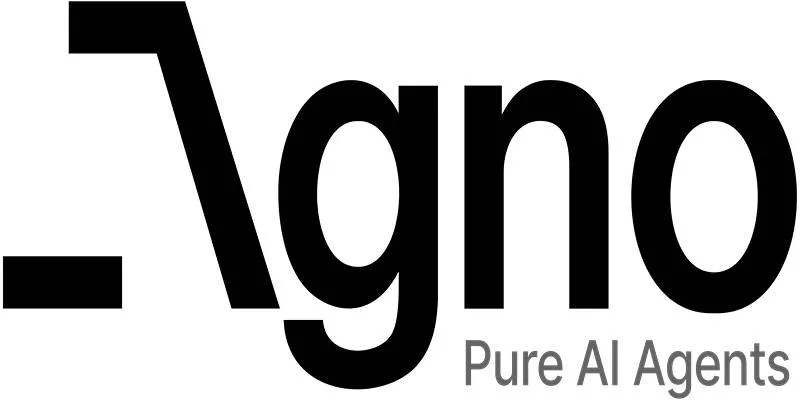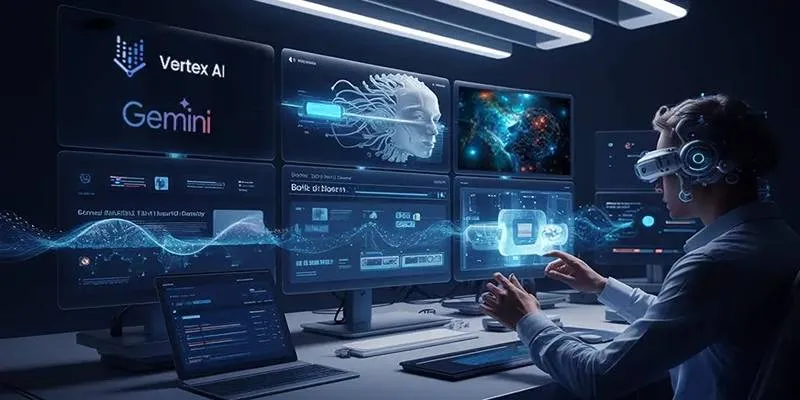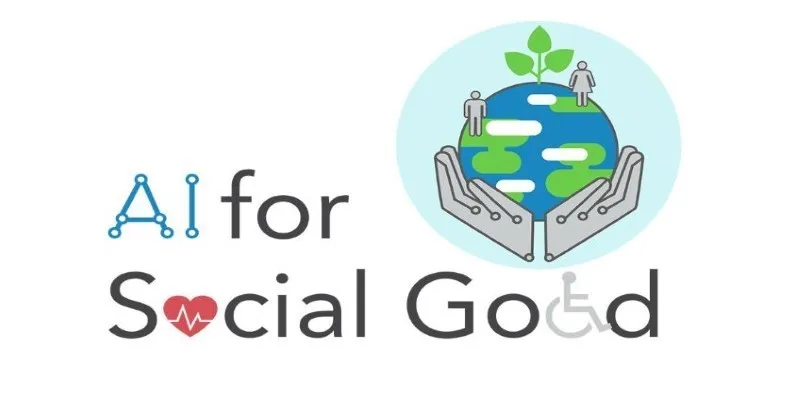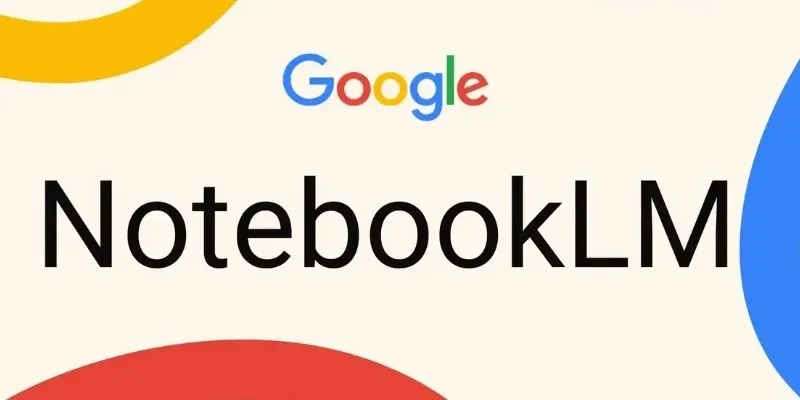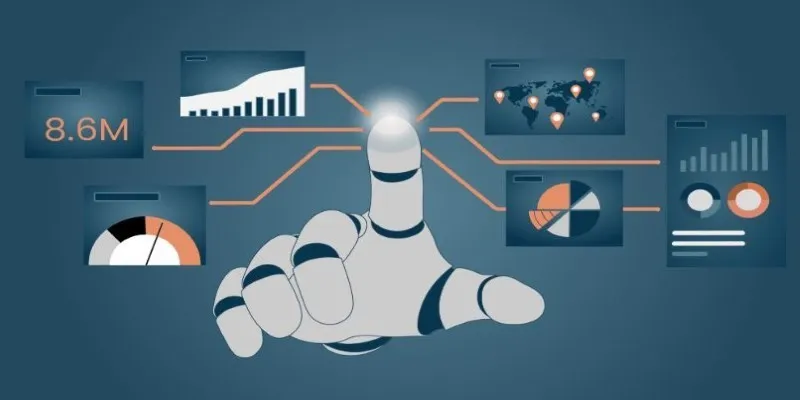Zoom has evolved beyond just being a platform for hosting meetings or webinars. It’s transforming into a virtual assistant that understands your needs and acts on your behalf. This is the promise behind Zoom’s new agentic AI skills and agents. These tools aren’t just side features like chatbots; they are designed to perform real tasks automatically—from scheduling and summarizing meetings to managing customer support interactions—without needing constant prompts. Zoom aims to be an active participant in your workflow, not just a venue for conversations.
Understanding Agentic AI Skills and Agents in Zoom
Zoom’s “agentic” AI is based on enabling AI systems to take initiative. Unlike traditional AI, which waits for commands, these agents detect when action is required and act autonomously. An AI agent in Zoom isn’t a standalone feature; it’s a concept powering tools across various Zoom services, including Zoom Meetings, Zoom Contact Center, and Zoom Team Chat.
For instance, within Zoom Contact Center, an AI agent can understand customer inquiries, retrieve data from internal sources like CRM systems, and respond without human intervention. It interprets context and determines the best next steps. In Zoom Meetings, the agent could take notes, draft action items, assign tasks, or even pull in relevant documents during discussions. These capabilities illustrate AI’s active role, moving beyond mere reactivity.
Zoom’s agentic AI skills are the smaller capabilities powering these agents. Think of them as building blocks—skills like summarization, search, scheduling, or file retrieval. Individually useful, these skills, when combined in an AI agent, resemble an assistant that anticipates and acts accordingly.
Real-World Applications Within Zoom
Let’s explore real-world scenarios. Imagine a meeting where multiple people discuss customer complaints from the past week. Instead of someone manually gathering information, Zoom’s agentic AI can retrieve relevant complaints from the support database and display key trends—all within the meeting window, without opening extra tabs or causing interruptions.

In sales meetings, the agent could identify clients who need follow-ups and suggest scheduling a call. It might even draft personalized emails and suggest times based on calendar availability. These actions are not futuristic; Zoom supports them now with AI-powered workflows.
In support environments, Zoom’s new agents don’t just route tickets; they can resolve them. If a customer inquires about their delivery status, the agent can check the order, detect any delays, and send a personalized update. Human intervention is only required for unusual issues or escalations, reducing support staff pressure and customer wait times.
In chat environments, the AI can act as a coordinator, retrieving mentioned but unattached files from cloud storage or suggesting and scheduling follow-up meetings. These actions make the AI seem like a proactive colleague.
The Importance of Agentic AI in Enterprise
“Agentic AI” isn’t just a buzzword; it signifies a shift from task-based assistance to outcome-based automation. Traditional AI required user direction—users instructed the AI on what to do. With agentic AI, the tool understands your goals and either assists or takes the lead.
This shift is crucial in workplaces where switching apps, searching for files, or managing routine tasks consumes productive hours. By embedding agentic behaviors into Zoom, users don’t need to interrupt their workflow. The AI understands context—what people say, which files are mentioned, and what actions are needed next.
While tools like Otter or Microsoft Copilot offer note-taking and assistance, Zoom’s agentic AI goes further, acting proactively without waiting for user input.
The Bigger Picture: AI as a Collaborative Partner
Zoom is not alone in adopting this agentic model. Companies like OpenAI, Google, and Anthropic are also experimenting with AI that can plan, reason, and act. However, Zoom’s advantage is its integration into the daily work routine, hosting meetings, calls, and chats, providing access to a rich stream of contextual data. This makes it easier for agentic AI to step in naturally.

When people think of AI agents, they often envision futuristic assistants. But Zoom’s agents are grounded in reality, performing appropriate tasks at the right time, often in the background. They are not designed to replace people but to reduce manual and repetitive work.
This development highlights how AI is becoming more layered. It’s no longer just about input and output; it’s about linking tasks, monitoring context, and making decisions across moments, not just responding to them. The transition from static AI to agentic AI marks a significant advancement in automation.
Conclusion
Zoom’s agentic AI signals a shift towards smarter, more human-like automation in the workplace. Meetings become more productive as tasks are completed during calls rather than afterward. This technology suggests a digital coworker that remembers, initiates, and maintains progress. As it evolves, such AI could aid in planning, offering strategic advice, and enhancing team workflows, making collaboration more seamless and focused on real outcomes.
To learn more about AI advancements, check out OpenAI’s latest projects and explore how they align with your workflow needs.
 zfn9
zfn9

